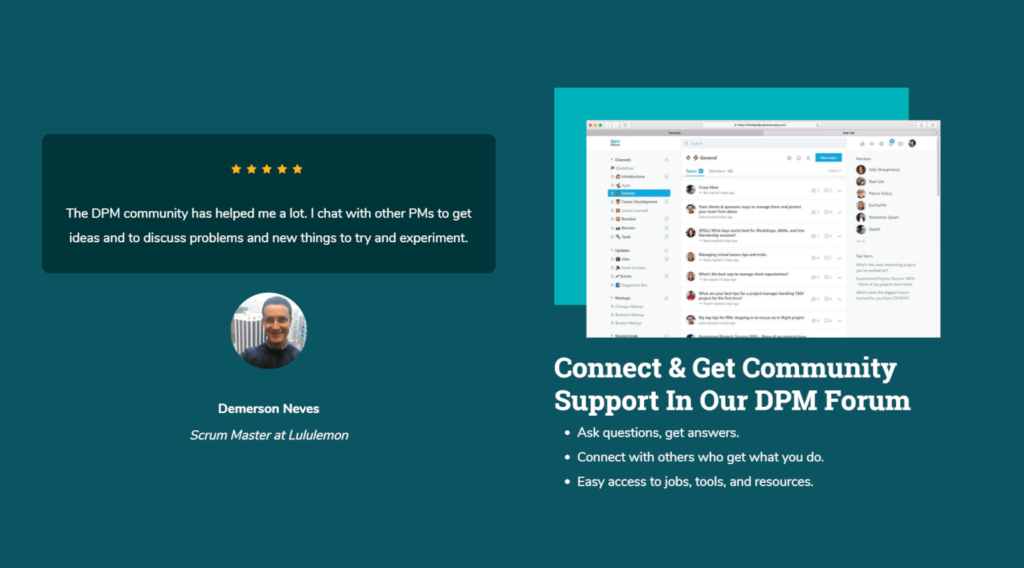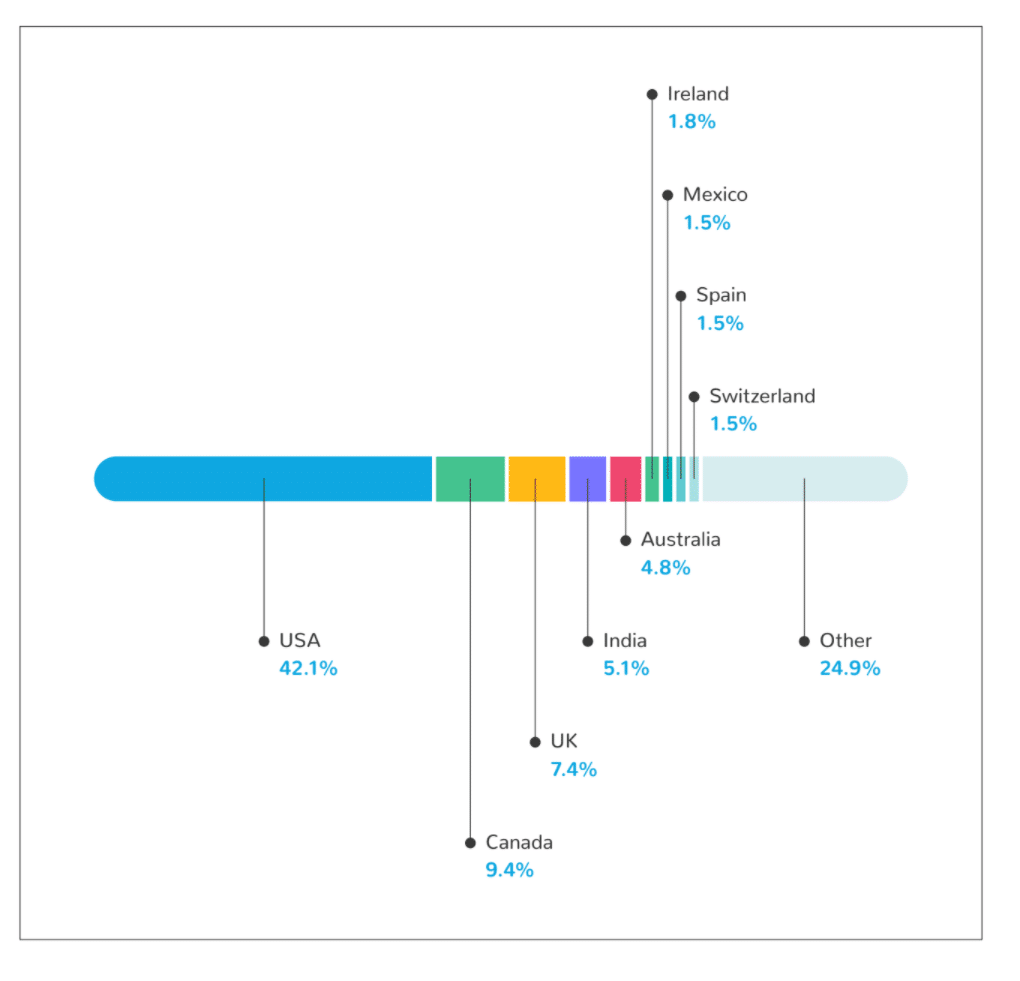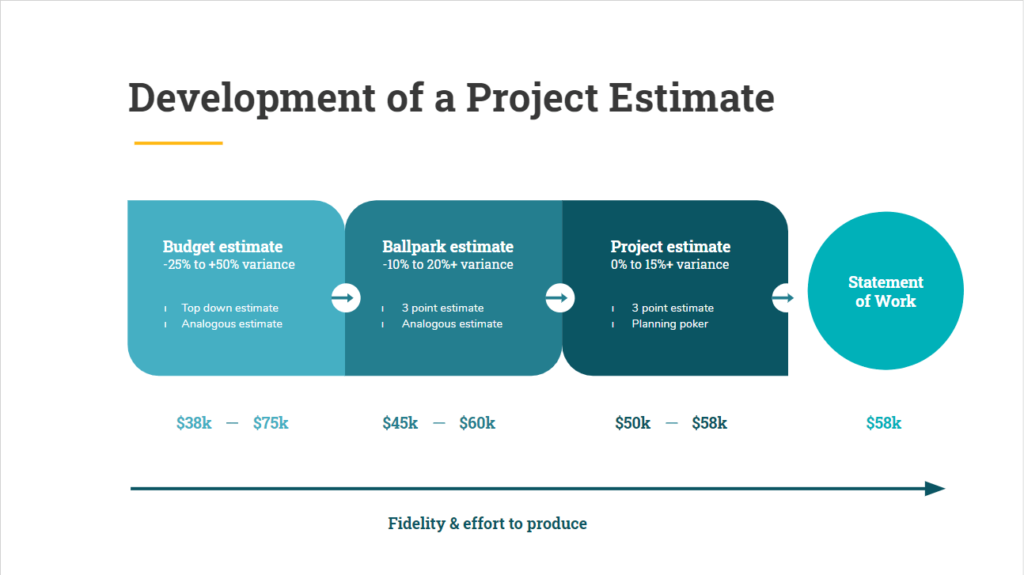Edgar Dale, the American education philosopher famous for developing a learning model known as the Cone of Experience, already knew by the mid-20th Century that visuals helped people remember.
Dale proposed that people only remember 10% of what they read, 20% of what they hear, and 50% of what they hear and see. These perceptions around attention spans are getting increasing attention in the 21st Century, where marketers are realizing the importance of the visual element in their content marketing strategy.
This article looks at why visual content marketing can help drive traffic and sales to ecommerce sites. I also look at types of visual content and how they can be implemented, including on social media.
A Growing Trend
The fact that B2C marketers, B2B marketers, and other content creators are progressively turning to visual content is supported by a report produced by the infographics and presentations builder Venngage.com. The company reports that the use of visual content in digital marketing increased by 10.5% in 2019 compared to 2018.
The same report says that 49% of marketers indicated that visual content was very important for their marketing strategy. Not a single one agreed with the statement that it was not important at all.
What Is Visual Content Marketing?
Visual content can be defined as any content that seeks to attract the eye. This attraction happens through the use of such elements as attractive designs and colors. Examples of visual content includes infographics, images, videos, and memes, among other innovative methods.
Regarding marketing, the difference between traditional content marketing tactics and visual content marketing is that the former attempts to attract the audience through storytelling that uses mainly words, while the latter tells stories mostly using visuals.
Visual content marketing aims to get the content across faster because visuals are easier to read and remember. After all, the English adage says “A picture speaks a thousand words.”
Why Visual Content Marketing In Ecommerce?
Facebook and Instagram are perfect examples of how effectively visuals are in facilitating engagement.
If you look at social media posts on these sites, you will notice that Instagram and Facebook posts with visuals generally attract more reactions and interactions. More reactions and interaction is what any ecommerce manager should thrive on.
Here are some other reasons why you might want to invest some of your content marketing efforts in visual content marketing:
Visual Is What People Are Looking For
A 2018 online survey done by the social media tool provider HubSpot concluded that “54% of consumers wanted to see more video content from a brand or business they support”. With reference to YouTube, Google reports that “7 in 10 viewers use the platform for help with a problem they’re having with their work, studies, or hobbies”.
What these statistics show is that the majority of people are not looking for written content when they are faced with problems. They want something they can watch or view to assist them in solving the problem.
For the ecommerce manager who wants to attract more visitors to their site, this means that visuals are the way to go.
They Trigger Reaction
To see the power of visuals in triggering a reaction, you need to turn to social media again. The news website Boston.com reports that “posts with an album or photo drive up to 180% more engagement than those without”.
As an ecommerce manager, the ultimate reaction you want is for someone to reach out for their wallet, increasing your conversion rates. If you include visuals like videos on your website, 85% of your target market will be “more likely to purchase a product after watching a product video”.
Types Of Visual Content For Marketing
The Social Science Research Network conducted a study and concluded that “65% of us are visual learners.” Even though the video format is what comes to mind for most people when we talk about a piece of content, there are several visual formats that ecommerce managers can take advantage of, in addition to the variety of other types of content marketing out there:
Images
Images seem like an obvious visual to include in an article. However, you will be surprised to come across tons of articles without them. Maybe these marketers or bloggers haven't seen the results from a National Retail Federation survey which concluded that “67% of customers consider images more important than product-specific information, long descriptions, and even product reviews”.
However, if the images, screenshots, or stock images are not of the right quality, they may harm your online marketing efforts. Use a professional photography service, and make sure your updated visual assets are available to your team so they're put to use (this is one reason to use a PLM or PIM tool).
You wouldn't want a great product to be sold short by bad visuals. It's best to use eye-catching, original images. If you cannot get a quality image, how will you convince the buyer that you have quality products?
Here's one example of image use:

Here's another example of an image, in the form of an illustrated graphic:

Infographics
A survey by the Content Marketing Institute concluded that infographics were the fifth most used type of visual marketing format. An infographic is a presentation of information using various formats like charts, graphs, images, and other graphic design elements.
Although text is used in infographics, it should be as minimal as possible, as infographics should employ visual storytelling to get their message and information across, and to make complex data easier to understand.
Infographics are powerful because they combine visuals with text formats, appealing to both sides of the brain. This has generally been seen to “expedite and increase comprehension, recollection, and retention”. Data visualizations are much easier to understand than tables or text full of statistics.
They are also great for lead generation and as part of larger marketing campaigns, as you can offer them as downloads on a landing page, or as a teaser for a larger report or white paper that users are willing to exchange their contact information for.
Here's an example of a simple, one chart infographic:

Videos
There are more than 2 billion YouTube users. Ahrefs.com, the Search Engine Optimization (SEO) tool provider, reports that as of May 12, 2020, “YouTube is the most visited website on our list, with more than 1.6 billion estimated monthly visits from organic search.” YouTube's monthly traffic is 8,564,946,885, over 5 billion more than the second-placed Facebook.
The numbers above show that any ecommerce manager who still doesn't have a video marketing strategy is missing a huge audience. Videos are the closest thing to a real-life demonstration of products to visitors and potential buyers.
Keep in mind that videos require a lot of resources, and as such can take up a lot of your visual content creation budget.
Here's an example of a video from The Digital Project Manager - it illustrates the main points of an article on the same subject.
Here's another example from the Indie Media Club. It accompanies a podcast episode, so listeners of the podcast can choose to watch a video of the podcast and see the speakers.
Memes
Memes are a form of visual content that is made up of images or other forms of visual art, and accompanied by funny captions. When the right memes are used in the relevant context, they can evoke a positive impact and set you apart from your ecommerce competitors. They also have a great potential to go viral.
Memes are often credited with having marketed the song “Old Town Road” by the American singer Lil Nas X. A remix of the song would sit at number 1 in the Billboard Hot 100 for the longest time in history.
Here's two examples of memes used within articles:


Presentations
Research concludes that presenters who use visual aids are 43% more persuasive than those who don’t. Notably, SlideShare presentations and other types of presentations can help you expand your ecommerce reach and present a lengthy topic in an engaging manner.
Here's an example from a presentation created for a workshop on creating project estimates put on by The Digital Project Manager. The workshop is available through DPM membership.

Visual Content Marketing On Social Media
The emergence of affordable smartphones, new-age apps, and social media platforms such as Instagram, Pinterest, YouTube, and Snapchat, have made social media an effective platform to get the best visual content results.
Results from a survey conducted by Venngage.com involving 200 content marketers show that “social media was a major use case for visual content with 49% using visuals for Facebook, 47% using them for Instagram, 42% using them for LinkedIn and 33% using them for Twitter”.
That said, social media marketing strategy is not a walk in the park, considering millions of content pieces are uploaded on these platforms each day.
It may be difficult for your content to stand out in the crowd. This is where you need to be clear about the specific visual assets that will grab your target audiences' attention.
Implementing Visual Content Marketing
It may be clear that visual content marketing impacts marketing in 2020, but how do you ensure that it works for you? We have a few suggestions:
- Know your audience: This will ensure that you know which visuals will appeal to your target audience in 2020. Using visuals without carefully thinking about the audience may be counterproductive because you could easily offend.
- Use various visuals: Bear in mind that not all visual assets work in the same manner. Some are more powerful than others. Thus, you will need to track the reaction you receive when you use a different type of visual, to know what works for your audience and what doesn't.
- Focus on quality: It will be hard to convince an audience that you will deliver a quality product if you are unable to deliver a high-quality visual for your website. Thus, you would want to focus on quality as opposed to quantity. Use the services of professionals if you want the best results.
- Deliver solutions on social media: People are looking for solutions to their problems on social media. Use these platforms to deliver visual content that provides value.
- Create and evaluate your strategy: Based on your understanding of your target audience, create a strategy for your visual content marketing. This strategy will determine how you will promote your content and track its effectiveness. Then, equip yourself with the tools to track your marketing efforts so you can evaluate how well your strategy is working.
Final Thoughts
Have you already implemented a visual content strategy in your content marketing efforts? How is it working out (or not working out) for you? Do you use any content marketing platforms to supplement your efforts? Let us know in the comments.
Subscribe to The Ecomm Manager newsletter to stay up-to-date with the world of ecommerce.
We will be launching The Ecomm Manager community shortly as well, so sign up for the waitlist here!




